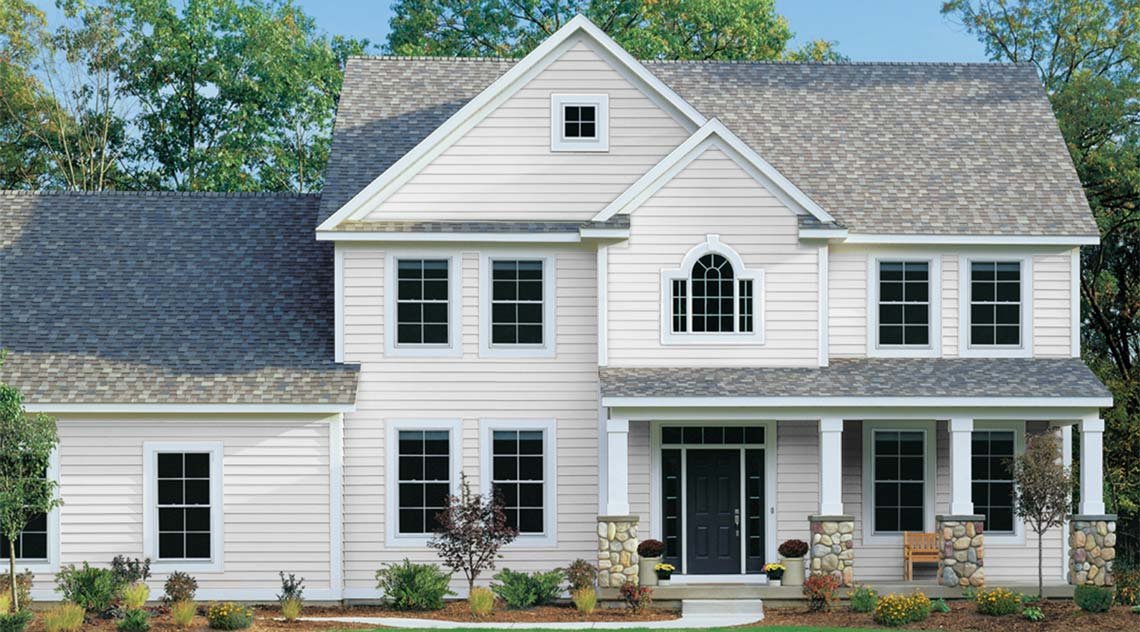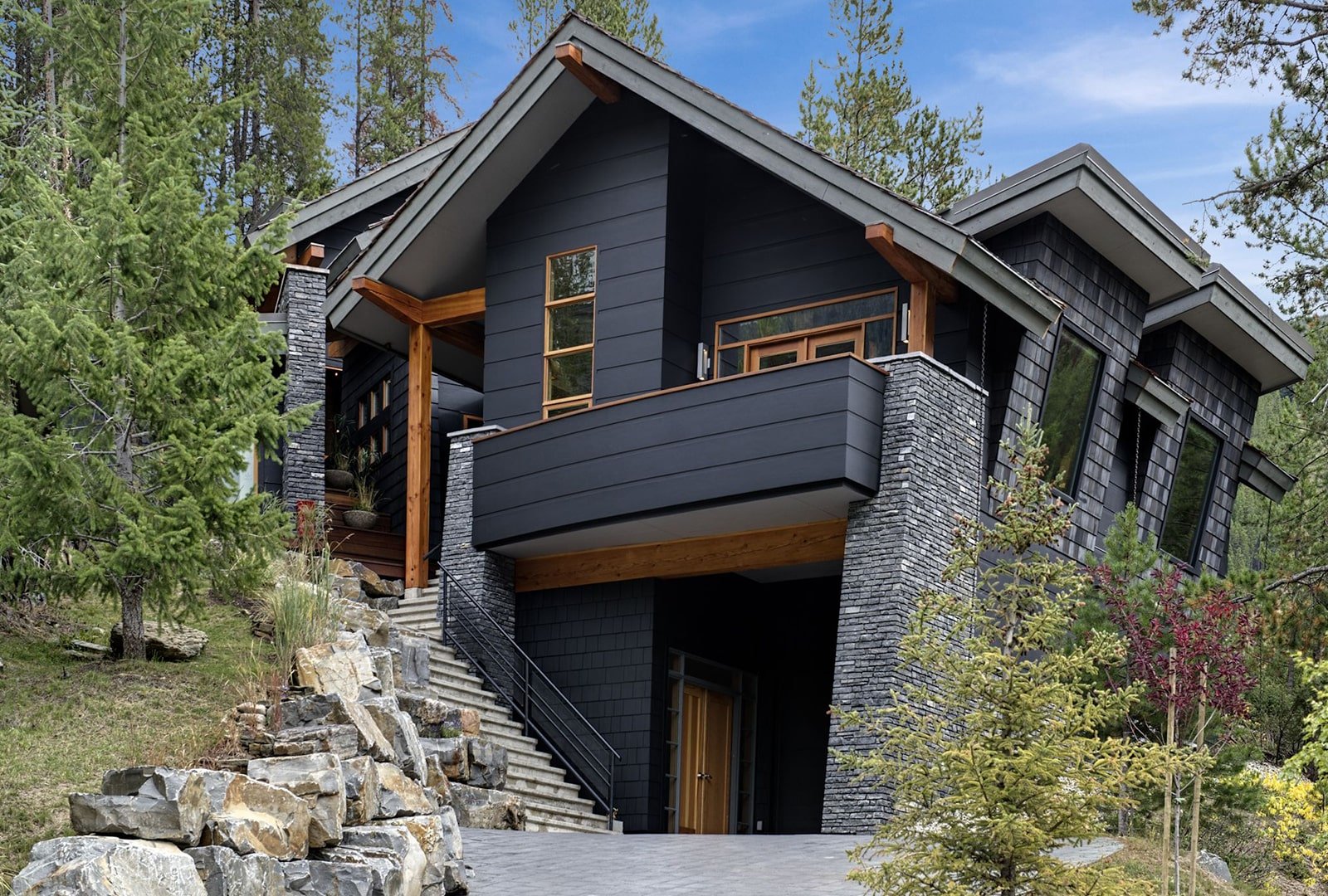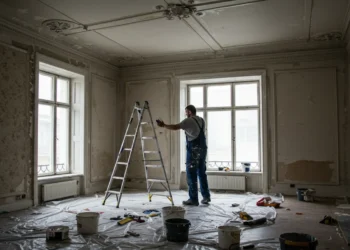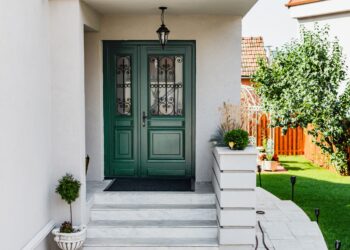Your home exterior creates the first impression for visitors/guests. We all wish to have our first impression as the best impression.
In order to make your home the best impression, you need to be choosy while selecting the color palette for walls.
Painting vinyl siding colors:
Painting vinyl siding colors can bring a brand-new look to your old home. The best way to select the best vinyl siding color for your home’s exterior is by looking into your home’s environment, location, neighborhood, and surroundings.
Vinyl siding colors:
Vinyl siding colors give a whole different look to your home’s exterior walls. Selecting the right shade of color is crucial. Consider the architecture of the building, your taste/preference, and your budget while selecting the colors. These colors give a whole new look to your building.
There are different tones in these colors, such as
- Classic neutral tones
- Dark tones
If you are aware of color therapy, all these colors signify a particular meaning. Let’s see what each color portrays.
Also read about the 12 Most Popular House Siding Colors
Classic neutral tones for timeless appeal:
These tones include colors like beige, gray, and white. These colors give your building an elegant and classic look.

Beige: This color offers a warm and inviting feel to the guests and also enhances the traditional look of the home.

Grey: This color signifies a sophisticated and modern look. But be more choosy while selecting the contrasting colors if you’re deciding to coat your home with this gray hue.

White: White again signifies warmness and calmness. If you want to coat your home exterior with white, consider the dirt and staining. If the house is in a high-traffic area, rethink the white color palette on the exterior.
When you choose these colors, you will have the choice of trying to paint your doors and shutters a bold statement color.
These tones suit people who love nature. To feel more lively even before entering the house, nature lovers can get these tones painted.
Bold Statements with Dark Vinyl Siding Colors:
- Colors such as Navy blue, green, and black are included in this siding color palette.
- This tone will be more appropriate for someone who is looking to create a sense of luxury and drama.
Each of these colors has different significance; let’s see them one by one-

Navy blue: This color signifies peace and tranquility. From coastal blue to navy blue, this color can become a favorite for visitors/guests. This color suits well for coastal and craftsman style homes.

Olive green: If you want to add extra drama, choose a dark green or olive green siding color that looks perfect for your home. The color green signifies nature and creates an inviting aura.

Black: The black siding color makes a bold statement to your home exterior. Just be aware that black can absorb more heat and dirt as well.
Warmth from earthy tones:
Tones such as umber, canyon, mahogany, and French gray are included in the earthy tones palette. Homeowners who wish to feel more cozy and intimate can choose this color palette.
Also, earthy tones make guests feel invited and welcome.
Unique siding color options:
A few unique color options include mustard yellow and barn red

Barn red: This color signifies charm and has a rustic look. This color gives a feel of traditional homes

Mustard Yellow: Mustard yellow signifies vibrancy and cheerfulness. This color can be applied as a siding color to your home’s exterior if you want to have a balanced look with white or gray contrast colors.
While selecting the colors, consider the following-
- The architecture of the house
- The surroundings of the house
- The climate and location
- Maintenance factor
- Sun exposure
The architecture of the house:
Not all homes are built alike. Considering the architecture of the house is one of the most crucial things.
The surroundings of the house:
- While selecting the siding colors, consider the prevailing colors in the locality. Choose the siding color that complements the whole neighborhood.
- The climate and location: Due to seasonal changes and climate changes, the colors might shade away or require repainting. Consider colors according to your climate and location.
Maintenance factor:
- Consider the costs included to paint and maintain the siding color. If you are living in a high-traffic zone and have white siding color, your home will be covered with dust and dirt.
- The clever way is to order the samples of the colors and test which works best for you as per your preference.
Sun exposure:
Darker colors, such as black, barn red, olive green, and dark gray, absorb more heat. If your location is prone to sun exposure, it’s suggested that you consider colors that don’t get affected by exposure. This helps the colors last longer than expected.
Conclusion:
Are you lost in the above content or is it overwhelming?
Let’s recap what we saw in this blog. Remember to choose the right color by considering the factors that affect the durability of siding colors. Get the samples first and test them so that you will get an idea about which siding color suits well with the home exterior instead of directly coloring the home.
FAQ’s
What are the advantages of vinyl siding?
There are many advantages of vinyl siding. A few advantages include the following-
- Low maintenance
- Durability
- Affordability
- Easy installation process
What is the most popular color of vinyl siding?
Classic neutrals such as white beige & bolds such as barn red, olive green, and navy blue are the most popular vinyl siding colors.
What color of vinyl siding fades the least?
Darker colors have the trait of fading the least. Shades like barn red, navy blue, black, and olive green fade the least.
What color of siding shows the slightest dirt
The following colors must be avoided if you are conscious of dirt and dust.
- Light colors such as whites and beige are not suggested as they show more dust and dirt.
- Bold colors like barn red, olive green, and navy blue show the most minor dirt.
How do you choose the right vinyl siding color for your home exterior?
To choose the perfect match of vinyl siding color, you should consider building architecture, location, surroundings, and neighborhood.









